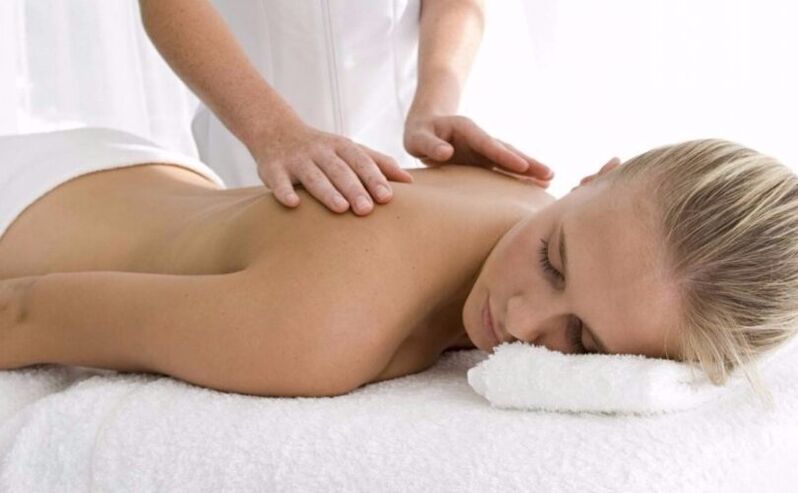
The spine consists of joints and vertebrae. Amortization, mobility, nutrition are provided by intervertebral discs and joint capsules - cartilage structures with fluid inside. The ligaments maintain the complex structure of bone and cartilage tissue, limit hypermobility, and reduce the risk of dislocation. Protects muscle tissue from damage & delivers nutrientsFor a number of reasons (age, injury, fatigue, changes in metabolism), cartilage structures are removed and thinned. The joints join, the pressure in the spine changes.
Intervertebral discs are tight, durable joints that are damaged due to the wrong position of the joints. When damaged, they leave their normal position, bulges and tears appear, which put pressure on the nerve endings. The process of autoimmune reactions begins - the body perceives the hernia as an external formation, which must be combated. Muscle spasms, blood circulation is disturbed, the person feels pain. Often the pain spreads to the internal organs. Against the background of neuralgia appear tachycardia, heart pain, unpleasant sensations in the lungs and stomach. Women have difficulty raising their arms and bowing their heads.
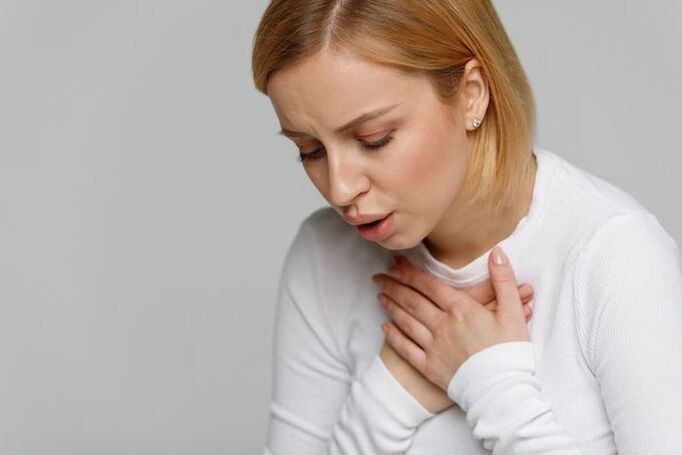
Osteochondrosis of the thoracic and cervicothoracic regions develops significantly. Often, when a patient is complaining of heart problems, he or she learns that there is a problem during the examination. After the examination, the neurologist diagnoses cervicothoracic osteochondrosis.
Cervical-thoracic osteochondrosis
The first symptoms of thoracic osteochondrosis can be detected independently at home. Changes in posture are difficulty in keeping your back straight for a long time, discomfort in the shoulder blades, increased kyphosis - bending of the spine. You have 2 tests to detect problems in yourself.
How to detect symptoms of cervicothoracic osteochondrosis:
Press your back against the wall as tightly as possible. Pay attention to the distance between the lower back and the wall. Normally, the back should be completely pressed against the wall. A large distance indicates the development of compensatory deviations - lordosis and kyphosis. Vertebrae and joints are mobile structures. Changes in one segment are compensated by straightening or bending of the other. In women, changes occur during pregnancy, when the spine adapts to the load during pregnancy. In women after the age of 40, flattening of the lumbar region and kyphosis of the chest are often observed.
Stand up straight. While breathing, raise your head and arms, bend while breathing, and touch the ground with your hands. Normally, the hands should touch the ground freely. If you exercise in front of a mirror, look at how straight your back is when you bend over.
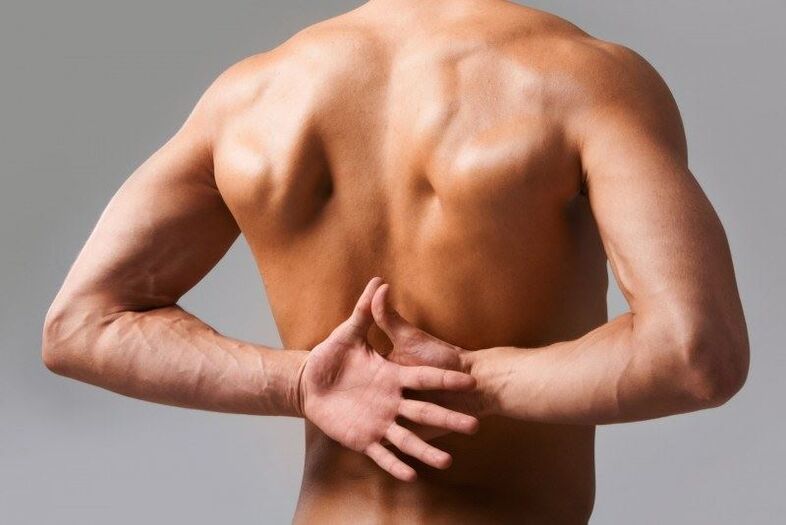
Scoliosis, a problem associated with excess weight, often worsens the condition of the common cold, creating a new flare-up. Degenerative-dystrophic processes occur faster in weakened areas. Over time, the symptoms of cervicothoracic osteochondrosis become more pronounced:
- to bend, not being able to control the correct posture;
- Appearance of a widow's hump at the level of the 7th cervical vertebra;
- discomfort under the shoulder blade (usually on the right);
- chest pain while taking deep breaths;
- difficulty raising the arm, bringing the shoulder blades together;
- increased blood pressure, tachycardia.
Unfortunately, people do not always associate chest pain and symptoms of thoracic lumbar osteochondrosis. After reading the available recipes, he begins to treat himself. Instead of massage and exercise, they take medication to reduce blood pressure. Instead of chondroprotectors, mustard plasters are placed on the chest.
Widow's hump
The widow's hump, rods, paleness is the accumulation of fat in the cervicothoracic spine. Dryness is seen where the muscles are least developed. This is not just an aesthetic problem. Stagnation of the cervicothoracic region prevents free rotation of the head. In widowed women, headaches are very common, blood pressure fluctuates, and there is a feeling of a lump in the throat. The shoulder blades are difficult to lower and separate, the hands are numb, the eyes are dark, hearing is impaired, and when you turn your head, there is a squeak.

The disease got its name because in women over the age of 45, doctors found a seal in the cervicothoracic region. Earlier, women were widowed at this age. Today, overweight young women may show signs of pallor. In men, dryness does not occur due to atomic properties: developed trapezius, deltoid muscles and biceps.
Metabolic disorders, excess weight, physical inactivity, weak muscles of the upper extremities form a wen. It is very difficult to get rid of dryness, it is necessary to exercise, massage, diet.
Bechterew's disease
Muscle atrophy, which occurs mainly in men, is a dangerous disease of the joints. The biggest problem is the late detection of the disease. It is very difficult to capture the moment of development, because patients come to the medical institution when the spine is already compressed.
The first symptoms of pain appear in the sacrum and eventually reach the neck. Bending in the cervical-thoracic region increases, the body bends forward, takes the position of the applicant. It is difficult to breathe due to the change in the position of the chest. Radiation of pain in the hands, increased blood pressure, muscle cramps cause the patient pain. Internal organs are affected - heart, lungs, kidneys. Circulatory disorders due to incorrect position damage the eyes.
Timely diagnosis allows you to start treatment at an early stage. Taking medication (painkillers, muscle relaxants), exercise therapy, physiotherapy give good results. The patient must make great efforts to recover. In difficult situations, surgery is possible to eliminate inactivity.
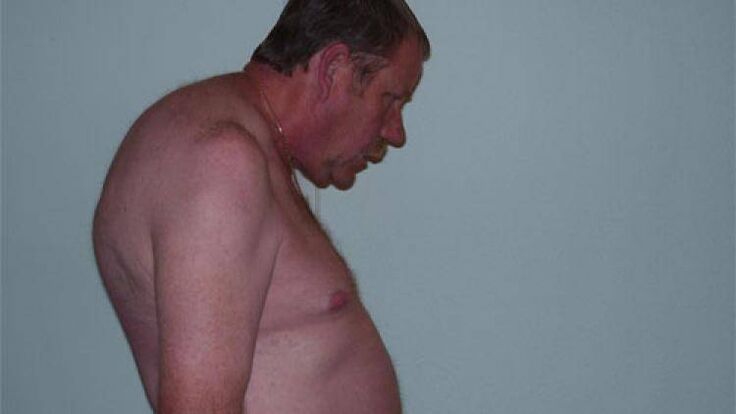
Hearing loss
With cervicothoracic osteochondrosis, blood circulation in the brain is disrupted. Blood stagnates in the arteries, noise and ringing in the ears begin. There is an audio problem. The brain compensates for this by creating phantom sounds. Experiments have shown that patients with circulatory disorders hear it regardless of the sound. This is a protective system - if the ear cannot catch some sounds from the outside world, the brain creates these sounds itself.
Exacerbation of the disease is accompanied by blockage in the ears. In the presence of inflammatory processes - whistling, ringing, buzzing. Along with hearing, vision deteriorates and memory is impaired.
Heart problems
During a spasm, the muscles squeeze the vertebral artery that carries blood to the brain. With a lack of nutritious fluid, the central nervous system sends a signal to increase the heart rate to increase the pressure. The heart beats faster, becomes stronger, blood pressure rises, nutrition is restored.
Medication is taken to lower blood pressure - blood flow decreases, the heart begins to beat faster again. Cardiovascular disease develops rapidly in patients with osteochondrosis of the thoracic region. Anxiety in the chest area, aggravated by movement of the arms, deep breathing, rotation, bending, may bother them.
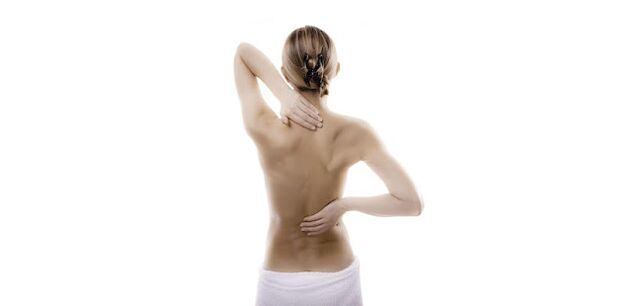
Dorsalgia - low back pain, caused by compression of nerve roots. Reflex muscle contraction aggravates the condition - blood flow is disrupted, edema appears. It is important to provide yourself with timely medical care and to see a doctor for help with regular pain.
Treatment of osteochondrosis
First aid for osteochondrosis is indicated at home if you feel severe pain in your back, discomfort in the chest, difficulty raising your hands and moving.
You must take NSAIDs. Remember that medications with anti-inflammatory effects help better with osteochondrosis. Although analgesics are less effective, the side effects are less. Apply NSAID ointment or chondroprotective ointment to the inflamed area. Massage exercises will disperse the blood, eliminate swelling, and the drug will help to survive the flare-up. It is necessary to go through the pain - make circular movements with your hands, head, hips, bring your shoulder blades together. Lean your back against a table or chair.
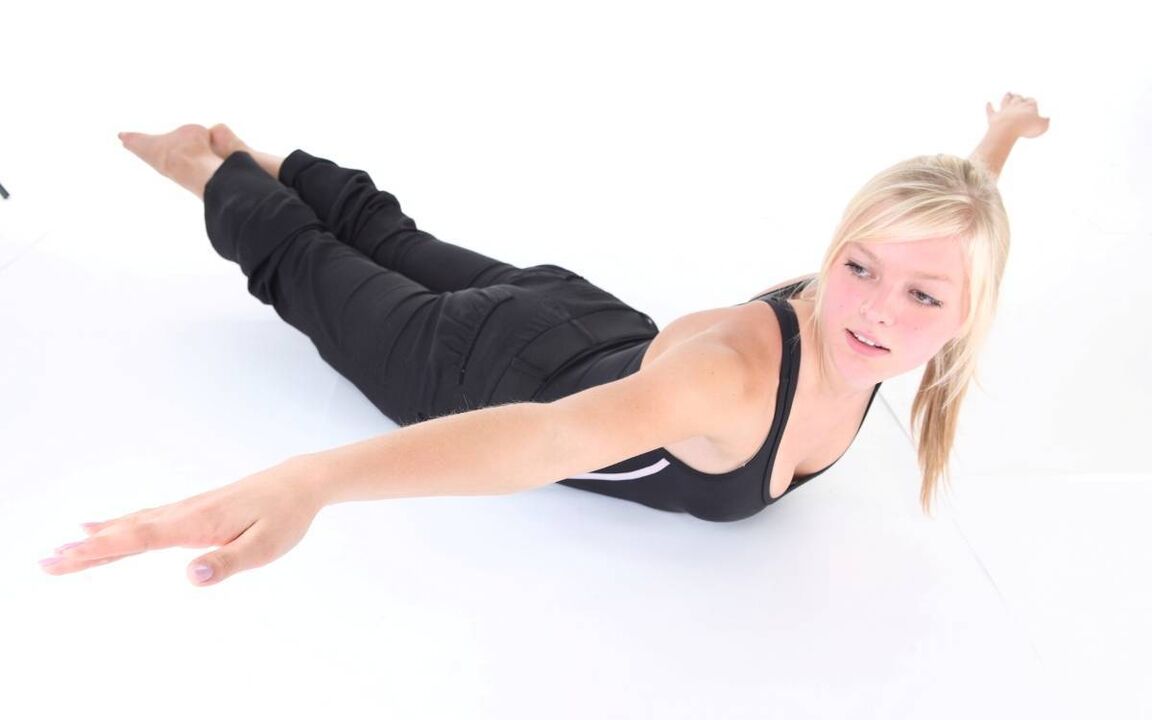
Hot compresses are not recommended. After all, blood will flow faster instead of edema, and will not be able to pass through the veins due to muscle spasms. As a result, swelling will increase and inflammation will spread. For pain in the thoracic region, extend the spine with a horizontal bar or Glisson curve. Correction with active traction is used only with well-developed muscles, and it is not necessary to strive for complete relaxation.
If the exacerbation recurs within a month, it is better to consult a doctor for examination, diagnosis and treatment. It is impossible to completely get rid of osteochondrosis - there is no technique that allows you to turn back the clock and stop the degenerative processes.
But there are ways to help you cope with the pain and adapt to the ongoing changes. These include drug therapy, massage, physiotherapy, manual therapy, vertebrorevitology, acupuncture and kinesiology.
After the diagnosis, the doctor will choose the recovery option: prescribe the necessary medication to help you survive the flare-up, recommend procedures and manipulations for recovery.


















